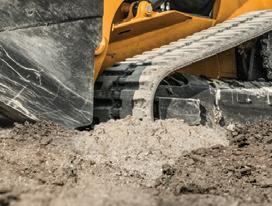








Lawrence Construction has successfully completed the first wildlife crossing on I-70 in Colorado.
Utilizing twin bridge structures, the Littleton, Colo.-based contractor created an underpass for animals — the Genesee Wildlife Crossing — between the exits of Lookout Mountain and Genesee. Crews also placed 2 mi. of wildlife fencing along both the east and westbound lanes between those exits to help ensure the safety of the project.
Crews mobilized on site in September 2022 and completed the $10.3 million project in June 2024.
Colorado Department of Transportation (CDOT) officials and the Colorado Parks and Wildlife (CPW) agency held a ribbon-cutting ceremony on June 20 to celebrate the milestone.
“The new underpass at I-70 Genesee is the first major wildlife crossing to be constructed along the I-70 Mountain Corridor and it will allow wildlife to safely cross underneath the interstate at a location, which has historically been a hotspot for wildlife related crashes,” said CDOT Executive Director Shoshana Lew. “Reducing animal-vehicle conflicts and improving wildlife connectivity is a major element to the overall improvement of travel time reliability, safety, and mobility in the I-70 Floyd Hill project area.”
These crossing structures have proven to reduce wildlifevehicle collisions by as much as 90 percent, ensuring safe passage for wildlife and saving millions of dollars in medical and property damages for our motorists.
A unique aspect of the project is that the bridge wasn’t raised. Crews constructed the bridge to be level with the rest of the road and then dug out the underpass from underneath, according to Maddy Cieciorka, a project manager and engineer of the transportation agency.
“This project really was a blend of ecology and engineering,” Francesca Tordonato, CDOT’s regional environmental program manager, said in an interview. “We had to find suitable land where we could safely direct wildlife across I-70 and we wanted to do it in a safe and efficient way. Our environmental, engineering, and construction teams really worked together to make this happen.”
see UNDERPASS page 2
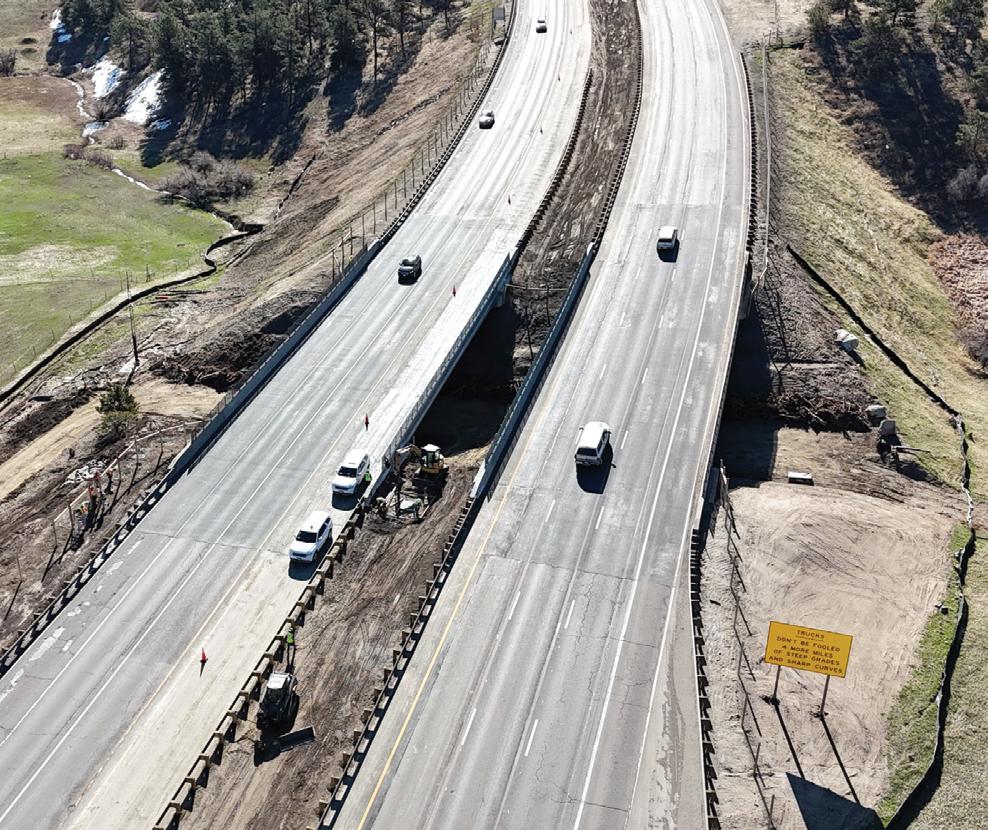

from page 1
This project is the first of several Floyd Hill projects to be completed.
According to CDOT, this area has the highest number of wildlife-vehicle collisions on the I-70 Mountain Corridor east of the Eisenhower-Johnson Memorial Tunnel.
“In our ongoing work to improve Colorado’s statewide infrastructure and further invest in our Colorado way of life, I am delighted to see wildlife crossings are a priority,” said Colorado First Gentleman Marlon Reis.
“Wildlife need to move daily and between seasonal ranges to maintain resiliency in response to habitat conditions and changing pressures on the landscape,” said Jeff Davis, Colorado Parks and Wildlife director. “With increasing human populations and traffic volumes in Colorado, we need to continue to develop effective solutions for wildlife to access valuable resources to maintain healthy populations. CDOT and CPW have together created statewide approaches to wildlife-highway mitigation and identified where to focus transportation dollars across Colorado to improve safe passage for motorists and wildlife. I’m thrilled to see another component of a statewide plan come to fruition today.”
“Colorado has one of the nation’s leading programs to protect traveler safety by avoiding dangerous collisions between drivers and wildlife,” said Lew. “To date, we have built more than 100 structures that allow terrestrial wildlife and aquatic movement in the form of pipe culverts, overpasses, concrete box culverts, underpasses and bridges with nearly 450 miles of fencing accompanying them. This program benefits from tremendous collaboration between CDOT and our partners at the Department of Natural Resources, thanks to an executive order from [Colorado] Governor Polis.”
In Colorado, more than 5,000 wildlife-vehicle collisions (WVC) are reported to law enforcement each year, costing $80 million annually in associated accident response and cleanup, medical expenses, and the value of wildlife loss in the collisions. Up to two-thirds of WVCs go unreported. I70 at Genesee experiences the highest number of WVCs on I-70 east of the Eisenhower-Johnson Memorial Tunnel and the new underpass and fencing are anticipated to decrease WVCs by a significant amount.
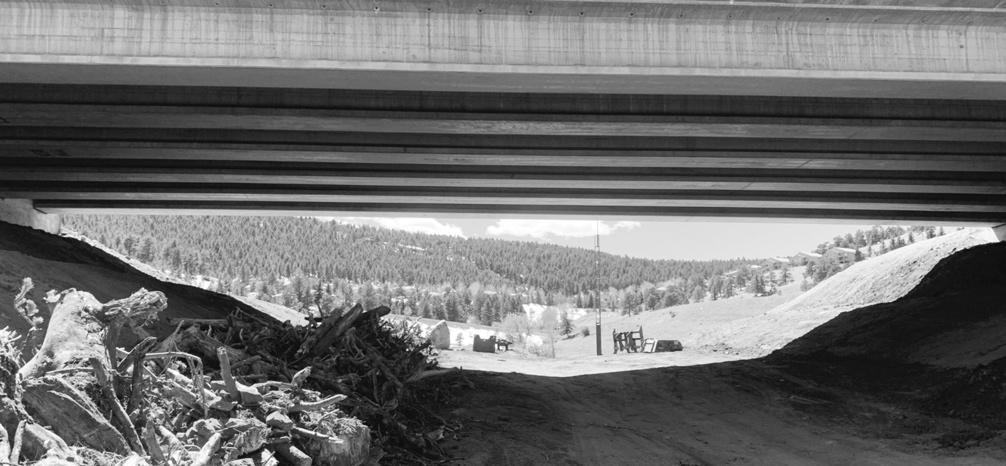

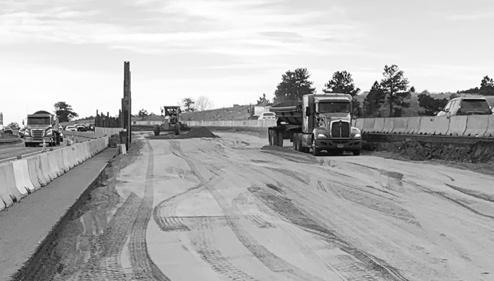
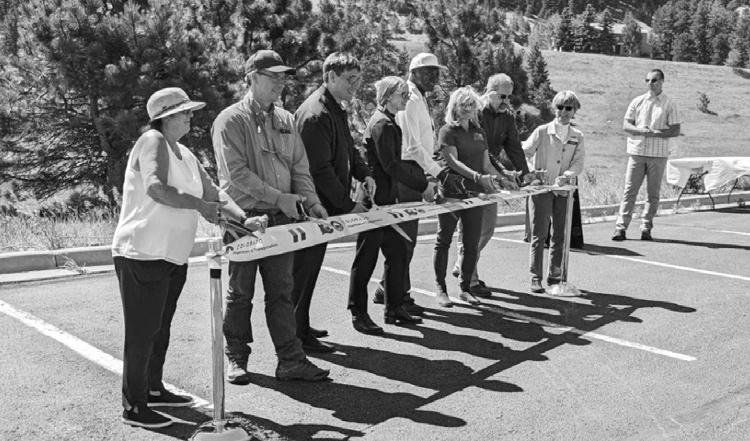




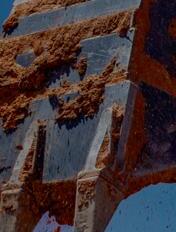




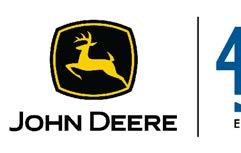


















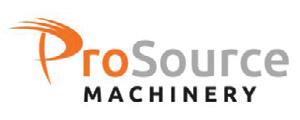












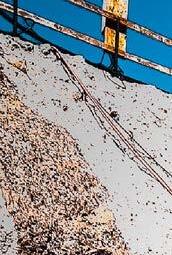


















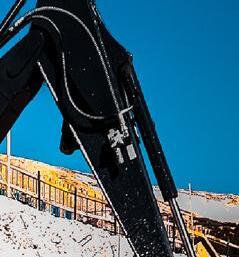

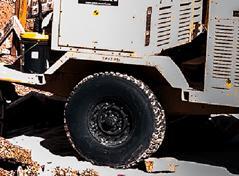


















The Arizona State Transportation Board has approved the 2025-2029 Five-Year Transportation Facilities Construction Program, which emphasizes pavement and bridge improvements and expanding several key highways.
The $8.2 billion program puts a major emphasis on improving highway pavement and bridge infrastructure throughout greater Arizona, which encompasses areas outside of Maricopa and Pima counties. The plan provides more than $2.5 billion for these high-priority improvements during the next five years. This amounts to an average investment of approximately $500 million per year to preserve, rehabilitate and replace pavement and bridges.
The program provides a total of $800 million over five years for projects that improve highway safety, efficiency and functionality, such as intersection improvements, smart technology, freight mobility and signs, signals and lighting.
It also allocates $780 million for projects that widen highways or improve interchanges across greater Arizona, including:
• Widening and improving U.S. 93 between Wickenburg and I-40 in Kingman, including expanding three segments of the highway from two to four lanes. The U.S. 93 improvements include the ongoing widening project near Wickenburg, along with new projects near Cane Springs, Vista Royale and Big Jim Wash;
• Widening the last two-lane section of State Route 260 in the Lion Springs area between Payson and Heber-Overgaard. This will complete a four-lane divided highway along the entire SR 260 corridor;
• Constructing a new I-40 interchange at
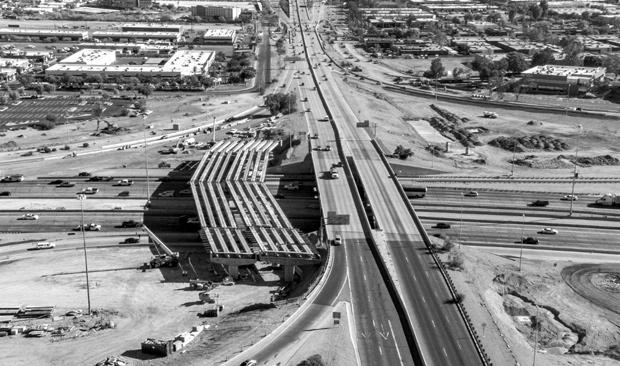
The program provides a total of $800 million over five years for projects that improve highway safety, efficiency and functionality, such as intersection improvements, smart technology, freight mobility and signs, signals and lighting.
Rancho Santa Fe Parkway in Kingman. In the Maricopa County region, the program features approximately $2 billion in construction projects planned in conjunction with the Maricopa Association of Governments. Those projects include:
• Widening Interstate 10 between Phoenix and Casa Grande. The I-10 Wild Horse Pass Corridor will have four projects, including the construction of the I-10 Bridges Over the Gila River that began this spring;
• Extending Loop 303 between Van Buren Street and Maricopa County 85;
• Providing new HOV ramp connections between I-10 and Loop 101;
• Reconstructing the intersection of Grand Avenue, 35th Avenue and Indian School Road to separate traffic; In Pima County, in coordination with the

Projects include widening and improving U.S. 93 between Wickenburg and I-40 in Kingman; widening the last two-lane section of State Route 260 in the Lion Springs and constructing a new I-40 interchange at Rancho Santa Fe Parkway in Kingman.
Pima Association of Governments, the program includes $849 million toward:
• Improvements to I-10: Kino to Country Club, which includes building a new interchange at I-10 and Country Club Road, reconstructing the interchange at Kino Parkway and also widening I-10 in the area;
• Reconstructing the I-19 interchange at Irvington Road;
The program also includes over $57 million for airport projects throughout the state.
Funding for the statewide program comes from federal, state and local dollars in addition to money generated by users of transportation services in Arizona, primarily through gasoline and diesel fuel taxes and the Arizona vehicle license tax. Both the Maricopa and Pima County regions have
voter-approved sales taxes for transportation that fund expansion projects.
ADOT’s five-year program is developed by working closely with local governments, regional transportation planning organizations and tribal communities to prioritize projects that are ready to build or design. ADOT also receives guidance from the Arizona Division Office of the Federal Highway Administration while developing and implementing the program.
Changes to the five-year program may occur throughout the year and can be viewed at estip.azdot.gov.
The final 2025-2029 Five-Year Transportation Facilities Construction Program is available for review at azdot.gov/FiveYearProgram.
(All photos courtesy of Arizona Department of Transportation.)
SANTA FE, N.M. (AP) New Mexico’s Legislature has approved a bill aimed at reducing climate-warming pollution from cars and trucks through financial incentives to reward businesses that produce cleaner fuels.
The Senate recently voted 26-15, on a party-line vote with Republicans in opposition, to send the bill to Democratic Gov. Michelle Lujan Grisham, who supports the initiative. California, Oregon and Washington already enforce law carbon fuel standards. New Mexico would be the first to follow suit.
The bill calls for a reduction in the intensity of greenhouse gas emissions for transportation fuels used in the state — of 20 percent by 2030 and 30 percent by 2040.
It would require producers of high-polluting fuels to buy credits from producers and importers of low-carbon fuels. The program and its market for carbon credits would be established by mid-2026, with oversight by the state Environment Department.
Democratic sponsors of the bill anticipate it will spur investments in new fuels and new technologies. The trans-
portation sector is the second largest source of greenhouse gas emissions in New Mexico behind the oil and natural gas industry.
State Sen. Mimi Stewart of Albuquerque rattled off a list of more than 20 companies and coalitions including Chevron that have expressed interest in the low-carbon fuel market under the proposed reforms. She also touted the health benefits through anticipated reductions in airborne pollution that contribute to ozone.
The bill narrowly won House approval on a 36-33 vote amid concerns about impacts on fuel prices on consumers in the nation’s No. 2 state for oil production.
“I am concerned about what this bill will do to the price of transportation fuel,” Sen. Greg Nibert of Roswell said during the Senate floor debate. “It’s going to be felt the harshest by those who have the least, who can least afford these transportation fuels.”
Bill cosponsor and Democratic state Rep. Kristina Ortez of Taos pushed back against those worries.
“We believe this is fear mongering,” she told a Senate
panel. “I come from a district that is very poor. I certainly would not bring a bill that would have an impact on my constituents and New Mexicans.”
Republican Senate Leader Greg Baca of Belen cautioned legislators against imposing new pollution regulations on rural communities with clear skies in a sparsely populated state.
“Let’s use common sense ... not this voodoo science that’s being produced for us telling us that we have dirty air in this state in a populace of only 2 million, that we’re somehow contributing to this global catastrophe that’s being pushed on us.”
Separately, a final House concurrence vote sent a $10.2 billion budget plan for the coming fiscal year to the governor for consideration and possible line-item vetoes.
New Mexico would set aside well over $1 billion to guarantee tuition-free college and sustain government spending in case its oil production bonanza fades in the transition to cleaner energy sources, under the general fund spending bill.
The Utah Department of Transportation (UDOT) has developed a weather-resistant, durable asphalt mix that is transforming the way Utah is repaving roads and reducing paving costs, time and repairs.
In asphalt mixes, crushed rock is mixed with binders that act as a glue. UDOT’s new asphalt blend, called HiMod high density asphalt, uses a significantly higher ratio of polymer in the asphalt binder than traditional asphalt mixes. The thicker, stickier result is much stronger than previously possible, meaning less wear and tear on the roads.
“At UDOT, we’re always looking at ways to extend the life of our roads and save taxpayer money,” said Howard Anderson, the UDOT asphalt engineer who headed the development team. “Changing something as simple as the materials used in our asphalt mix can have a tremendous impact, with fewer potholes and longer-lasting roads.”
UDOT tested the new HiMod asphalt blend on I-80 in Wendover at the Port of Entry on the border of Utah and Nevada in June 2021. The test site was selected for its extremities: temperatures regularly reach the triple digits in the summer and the single digits in the winter, and the port of entry experiences heavy truck traffic regularly decelerating and accelerating, adding to pavement distress.
In the past, the area has required regular pavement maintenance. Over three years after laying down the HiMod mix, the test site is still holding strong.
“This new mixture defies everything I studied about asphalt in school,” Anderson said. “But what I was taught in school was based on binders of the past, before we had polymers. With stronger glue, it didn’t make sense to keep doing
the same things we’ve always done with asphalt. I wanted to do something better.”
In addition to being durable, UDOT’s blend cuts the paving process in half. With traditional asphalt mixes, crews often lay down the pavement in two thin layers, called “lifts.”
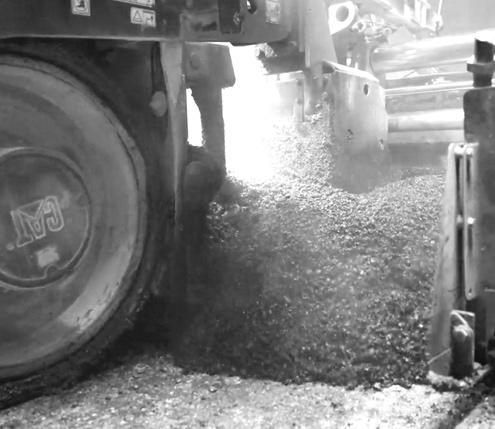
UDOT photo
UDOT is using this new asphalt on several construction projects this summer, including the I-80 ramps near the Salt Lake City International Airport, on I-80 going up Parleys Canyon and repaving the I-215 eastbound off ramp to State Street.
Stemming from its deep commitment to the area, Komatsu announced a significant greenfield expansion in Mesa, Ariz.
The expansion is centered on advancing sales and service capacity and will roughly triple the square footage dedicated to serving existing and new customers in the area.
“We conducted an extensive search to best meet our growth needs and are proud
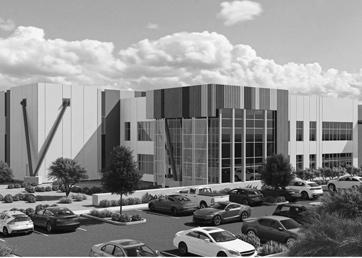
that we will continue calling Mesa home,” said Danny Murtagh, vice president of parts distribution at Komatsu. “Between our highly skilled workforce, existing partnerships in the area, and the projected economic outlook in the region, it is exciting to announce this expansion.”
The new facility, scheduled for completion in the spring of 2026, will be approximately 225,000 sq. ft., a significant increase from the current 75,000 sq. ft. facility. The site of the new facility is conveniently located close to the airport in southeast Mesa.
The expansion will promote the creation of both short-term construction jobs and long-term jobs with Komatsu. In the first few years of operation, up to 100 additional jobs are estimated to be created as a result of the expansion. The expanded sales and service facility represents a multi-million dollar strategic investment and underscores Komatsu’s commitment to the local economy and a positive outlook for economic growth in the region.
For more information, visit www.komatsu.com. Komatsu rendering The new facility, scheduled for completion in the spring of 2026, will be approximately 225,000 sq. ft., a significant increase from the current 75,000-sq.-ft. facility.
This allows them to roll the pavement evenly throughout, compacting the asphalt and removing air pockets to make it more durable. This two-layer application means that crews must place one layer down, compact it, wait for it to set, test it and add an adhesive coating before repeating the process with another layer.
UDOT’s HiMod high density mix allows crews to do up to a single, 6-in. lift without compromising compaction. Samples from the test site showed even compaction throughout, with much higher compaction rates than traditional asphalt mixes. This translates to stronger, more durable roads, with half the labor.
Anderson is not done testing his team’s mix. He wants to analyze it in even thicker lifts, as high as 8 in. and believes that may be the key to creating “perpetual pavement.” And he isn’t limiting his plans to highways.
“This mix sets up faster than concrete and is more durable than traditional asphalt, and we can use it on sidewalks, trails, you name it,” Anderson said. “Asphalt has stayed in its lane, so to speak, for decades, but it’s time for us to step it up and move beyond that. This mix opens so many opportunities for the asphalt industry as a whole.”
UDOT is using this new asphalt on several construction projects this summer, including the I-80 ramps near the Salt Lake City International Airport, on I-80 going up Parleys Canyon and repaving the I-215 eastbound off ramp to State Street. Other state departments of transportation have reached out to UDOT about adopting the mix and UDOT officials expect to see it spread past Utah’s borders over the next few years.



































